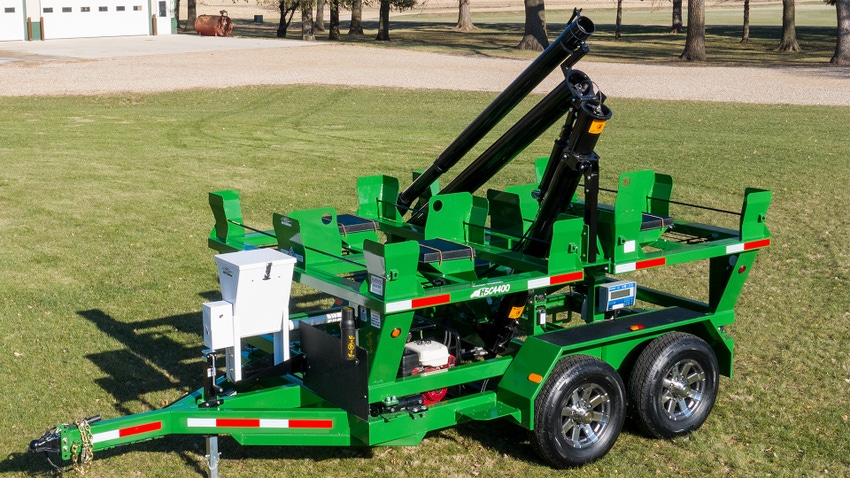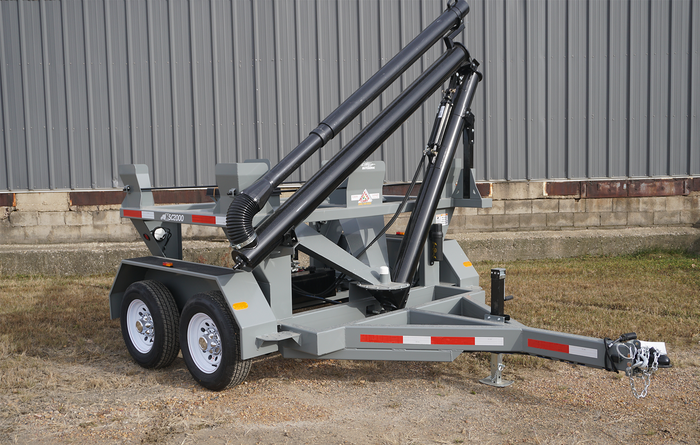January 15, 2024

With winter still going strong, now’s the perfect time to make sure your seed tender is ready for the busy planting season. We spoke to Eric Boughey, Business Development Manager at HitchDoc, to identify the top 5 things to service on your seed tender before planting season.
1 . Safety Items
Like all farm equipment, seed tenders have safety items that producers should check periodically. Make sure all of the safety signs and reflectors are in place, undamaged, and legible. If you’ve replaced a part where a safety sign was, make sure that the new part also has the safety information. Check that the brakes work on the seed cart and the towing vehicle and that all lights also work.
2. Wireless Remote
HitchDoc’s Travis Seed Carts come standard with a handheld wireless remote and many other manufacturers offer it as well. The remotes often get lost, run over, or otherwise damaged and need to be replaced. When you get a new remote, you’ll need to pair it to the receiver on your tender. It’s a straightforward procedure, but you’ll want to make sure you review the instructions when you get a new remote. Another thing about the handheld remotes is that the coin batteries can get run down. Replace the batteries with the same type and size.

Photo submitted by HitchDoc.
3. Engine Battery and Maintenance
Speaking of batteries, some seed tenders come with an engine that also has electric start. After several months of sitting, you may need to charge these batteries. Disconnect the battery completely from the rest of the system before charging. Clean and inspect the battery posts and terminals. Then use an appropriate battery charger at the lowest setting and charge the battery in a well ventilated area if necessary. Reinstall the battery and coat the posts with light grease or petroleum jelly and tighten the battery terminals. In addition to servicing the battery, check the engine for any oil leaks and change the engine oil.
4. Grease
Seed tenders have moving parts. Keeping these parts well lubricated with a quality lithium based grease helps keep everything working appropriately and can extend the life of your seed tender. For seed carts equipped with an auger, look for a grease fitting on the auger bearing. Make sure you also grease the wheels.

Photo submitted by HitchDoc.
5. Visually inspect the Seed Tender
Before heading into the field, take the time to walk around and visually inspect your seed tender. Make sure there are no cracks or damage to the frame. Look at the auger or conveyor for signs of wear or damage. Check hydraulic hoses and connections. Verify that the jack stand works correctly and that the tires are properly inflated.

Photo submitted by HitchDoc.
Planting season will be here before we know it and Eric is quick to note that farmers should refer to the documentation specific to their seed tenders for complete pre-season maintenance. With that in mind, by performing the above before taking to the fields, producers can reduce costly downtime during planting season.
You May Also Like





